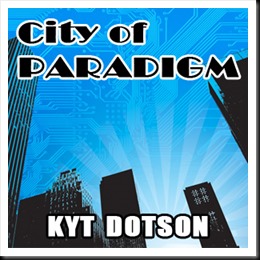 I spoke with urban anthropologist Dr. Katherine Frase—also vested with the title of Chief Technology Officer, IBM Smarter Cities—about how the Internet of Things and sensor technology intersects with human efforts in metropolises and urban centers for my most recent article about smart cities at SiliconAngle.
I spoke with urban anthropologist Dr. Katherine Frase—also vested with the title of Chief Technology Officer, IBM Smarter Cities—about how the Internet of Things and sensor technology intersects with human efforts in metropolises and urban centers for my most recent article about smart cities at SiliconAngle.
You can go read the entire thing at “City of Paradigm: The Internet of Things.”
The article opens with an excerpt from a book that doesn’t exist (The City of Paradigm) but frames a narrative scene designed to show government officers and construction workers reacting to and acting on information from a sensor network and analysis of data therefrom.
Here’s some of what didn’t make it into the article but are still things we can all think about.
During our talk she spoke about some of the questions that arise from dealing with large groups of people who take part in a city infrastructure. One of the problems cities are facing is attempting to communicate information to people and doing so in a way that’s less likely to be misunderstood. Sensors can only go so far when attempting to manage traffic on the streets—they can tell us where the high congestion areas historically happen and help computer scientists model what happens when a particular core street is shut down.
However, getting traffic patterns to change is at its very crux a human communication problem. Telling people not to take a particular street (to reduce congestion) usually ends with a large number taking a specific side street, simply moving the congestion problem somewhere else. Actually easing congestion may take more than just modelling; but a communication solution that actively attempts to redirect humans to different traffic patterns. A radio broadcast or a simple message may not suffice.
Another interesting tidbit that she spoke about was how some utilities companies have been attempting to gamify their service to cause households to reduce costs. By allowing people to “compete” for better energy use they are hoping to pit house vs. house (or neighborhood vs. neighborhood) towards using less energy overall. By using gamification—comparison charts, badges, accolades, etc.—these utilities hope to use gamification theory to make better energy users out of customers.
If I have a chance, I might revisit these subjects in later editions of The City of Paradigm on SiliconAngle.

